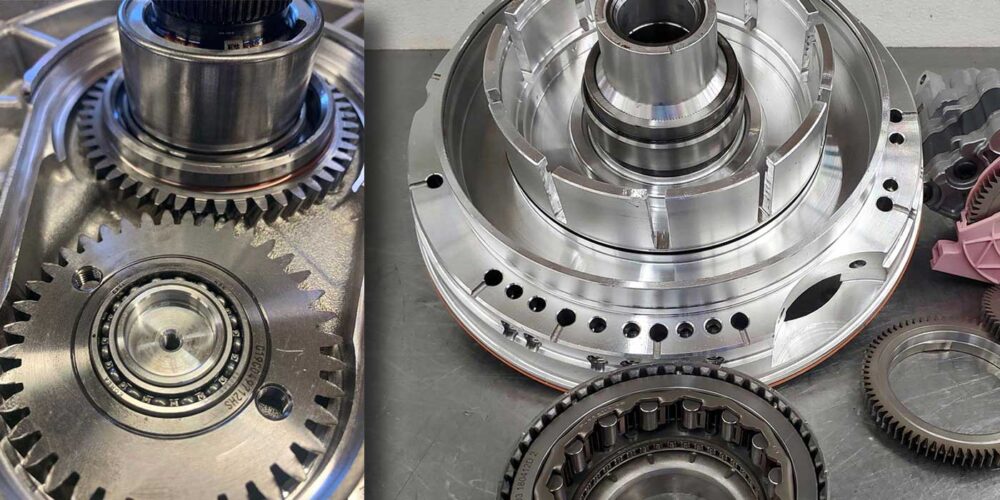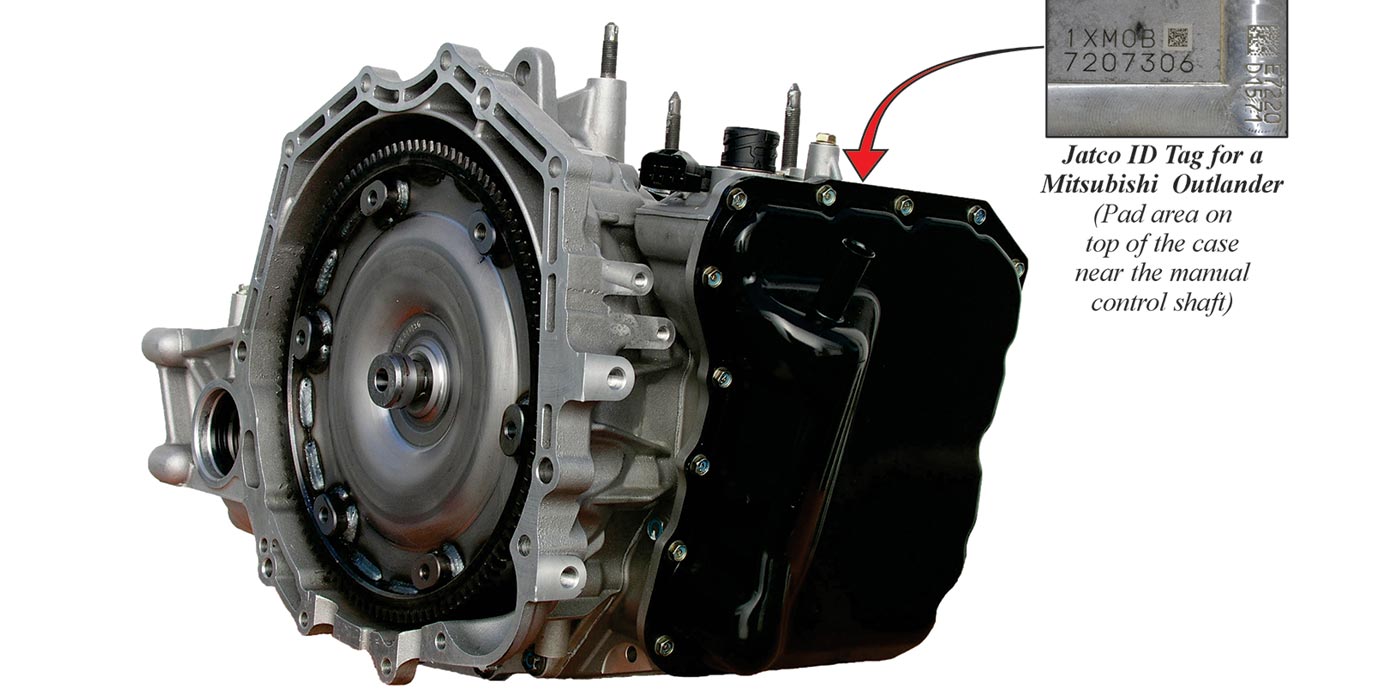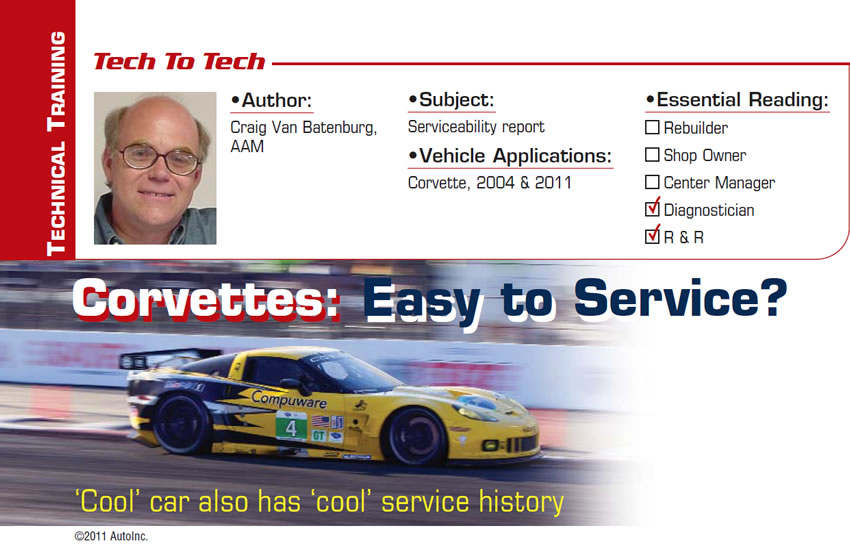
Tech to Tech
- Subject: Serviceability report
- Vehicle Application: Corvette, 2004 & 2011
- Essential Reading: Diagnostician, R & R
- Author: Craig Van Batenburg, AAM
‘Cool’ car also has ‘cool’ service history
I have been reporting on serviceability of motor vehicles from the viewpoint of a technician for many years now. I normally pick a car, truck, van or SUV that sells 100,000 or more units per year – cars you will almost certainly see in your service bay.
Corvette is not in that category, but every boy or girl growing up after WWII remembers a Corvette as the coolest car in the world. They certainly have a mystique about them that made many of us, at some point in our lives, want to buy or at least get behind the wheel of one. But when they need service or repairs, do the technicians love ’em or hate ’em?
Before we answer that, let’s take a little trip back in time to see where the Corvette came from.
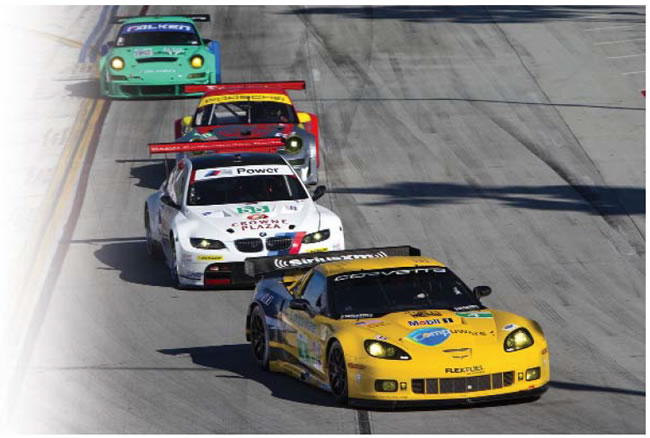
In the 1950s, General Motors Co. was twice the size of the second-biggest company in the world – Standard Oil (today’s ExxonMobil) – and had many businesses, ranging from home appliances to providing insurance and building cars and locomotives. GM was so big that it made more than half the cars sold in the United States. But it didn’t make a sports car. The idea of a car coming from GM that could compete with Jaguar, MG or Triumph seemed impossible.
The Corvette in 1953 was the Volt of today’s GM. One wonders, “How did they do it?” As a first-time Chevy owner (I just bought a Volt), the story of General Motors is, in a way, new to me.
Harley J. Earl, GM’s chief designer, began talking about an open-top sports car that would sell for around the price of a mainstream American sedan. This was 1951. His ideas were handed over to a member of his design team, Robert F. McLean, and the concept car emerged.
Determined to keep costs down, McLean used off-the-shelf Chevy mechanical components. The chassis and suspension were, for all intents and purposes, the same as that for a 1952 Chevy sedan. The engine was essentially the same inline six that powered all Chevys but with a higher compression ratio, triple Carter side-draft carburetors and a more-aggressive cam that produced 150 horsepower. It came with a two-speed Powerglide automatic transmission and a body made out of fiberglass instead of steel.
It was still intended only to be part of GM’s Motorama exhibit at the 1953 New York Auto Show – that is, until Ed Cole, Chevy’s chief engineer, saw it. Cole began the work needed to put it into production, but it needed a name. So he called Myron Scott, founder of the All-American Soap Box Derby and an advertising man for Chevrolet. He suggested “Corvette.” Cole loved the name, and the rest is history.

The people at the New York show loved the 1953 Motorama Corvette, and thousands of potential buyers wanted to know when they could buy one. Just six months later, they could. The 1953 Corvette, virtually identical to the Motorama prototype, went into production June 30, 1953, in Flint, Mich.
My neighbor, John Collins, owned a ’50s Corvette and he was the coolest guy I knew. I was 7 years old at the time.
1997-2004
The ’97-’04 Corvette, known as the C5, was a popular vintage. The 50th anniversary of the Corvette was in 2003, so a special LS1-powered hatchback coupe or convertible was built with deep red paint, a new Magnetic Selective Ride Control system and special logos. It was even used to pace the 2003 Indianapolis 500 race.
The technicians who work on this model know the tricks required to service and repair them. Having a transmission as part of the rear differential is not common, but it helps keep the weight in balance front to rear. Dex-cool has become less of an issue over the years, according to Ken, the lead technician at Diamond Chevrolet in Auburn, Mass.
Many dealer technicians have issues with the owners of GM products, but not with Corvette owners. Corvette owners will spend the money to fix and maintain their cars.
The 2004 and earlier ’Vettes had a couple of serious recalls that affected safety (see the Identifix website for details about problems with the wheels falling off and the steering lock). 2004 was not the Corvette’s best year, but the engine was great – solid, fast and reliable.
Servicing a base-model C5 Corvette is not a big problem, according to Al Gouveia, owner of Wayside Automotive in Seekonk, Mass. Most service items are relatively easy to get to, and most technicians I spoke with will tell you that the older ’Vette is easier to service than the newer ones.
2005-2011
In 2005, for the first time since 1968, an engine with 350 cubic inches (5.7 liters) of displacement was not offered under the Corvette’s hood, as the C6 used a new 6.0-liter “LS2” V-8 as its sole power plant. Output was 400 hp and 400 lb.-ft. of torque, providing performance on par with the world’s best from Italy and Germany. According to Chevrolet, the Corvette went from 0 to 60 mph in 4.2 seconds, continuing on to a top speed of 186 mph. The standard six-speed manual received serious upgrades, and the clutch was smoother and lighter with a shift feel that was precise.
The 6.0 liter had grown to 6.2-liter by 2008. Chevrolet also sells two high-performance variants of the sports car: the 505-hp Z06 and the ZR1, which is powered by a supercharged V-8 that kicks out a whopping 638 hp.
Comparing both models
For this comparison I focused on the base model of a 2004 vs. a 2011 Corvette with six-speed standard transmission. The Corvette over the years has never really changed the basic layout: V-8, rear drive and two passengers.
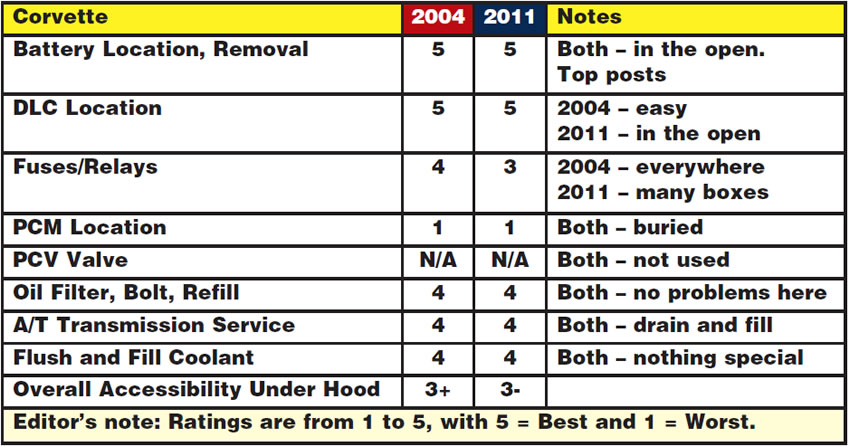
No big changes on the newer car, but it is harder to get at some items, such as the powertrain control module (PCM). To remove it, start by removing the left-front fender and keep going. It is in there somewhere. This design has its limits to where we can locate many of the parts, but you will always know where most of the parts are that you are looking for.
Will the Corvette survive the new fuel-economy standards? Who knows? But if the competition is any indicator, don’t be surprised if you see a large T-shaped battery running down the center of the car and a VOLTEC system installed. That would make it a hybrid and would add more torque than a Corvette has ever had. It also would help it meet new fuel regulations.
Run-flat tires are standard, so keeping the tires in good shape and offering replacement tires when needed is important customer service. Any car that has been in production as long as the Corvette must have something special going for it. The new GM may have to increase the Corvette’s miles-per-gallon capability, but the fun and fast quotients are already taken care of.

Craig Van Batenburg, AAM, is the owner of the Automotive Career Development Center (ACDC), www.autocareers.org, and delivers management and technical seminars nationwide. He formerly owned Van Batenburg’s Garage Inc. in Worcester, Mass., for more than 25 years. Van Batenburg is ASE master and L1 certified, with advanced skills in hybrid drive systems. You can reach him by e-mail at [email protected].
This copyrighted article is reprinted with the permission of AutoInc., the official publication of the Automotive Service Association (ASA). To learn more about ASA and its commitment to independent automotive-service and repair professionals, visit www.ASAshop.org or call 800-272-7467.





